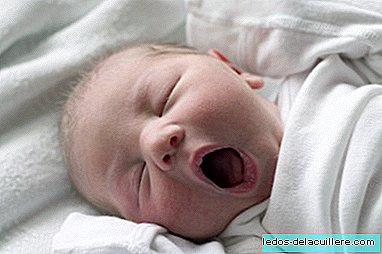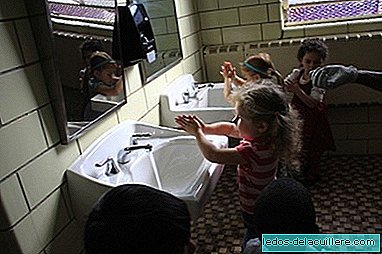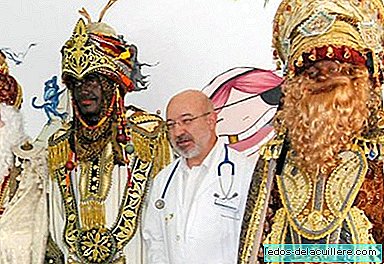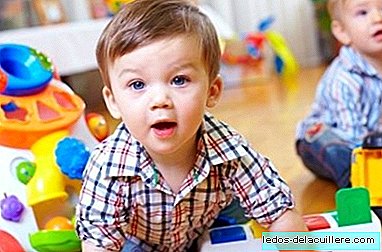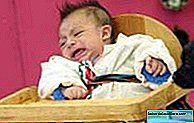
Researchers in the area of computer science, pediatricians, neonatologists and specialists in human communication from educational and medical institutions in Mexico, Cuba and Italy work in the Baby crying test to detect pathologies such as deafness and asphyxiation.
The objective of the study is to deduce from the crying samples the acoustic characteristics that identify pathologies in babies in the prelinguistic stage.
"In a baby with deafness, crying is very slow, although in intensity and breadth it is similar to that of a normal baby. The pauses are notorious, half a second to one, and are accompanied by a gasp."
Children who do hear are heard and learn to modulate crying to attract the mother, but the deaf baby has no feedback and therefore, after a pause, he cries again. "In the case of babies suffering from suffocation, their crying is classified as normal; the only significant difference is the intensity, which is very low," says researcher Carlos Alberto Reyes.
The final objective of the research is to develop a device that can be used by doctors and nurses to detect these conditions at an early stage, mainly where there are no specialists, such as in rural areas.
Although at the moment they are not working on the construction of any, they have already done tests on a prototype.



